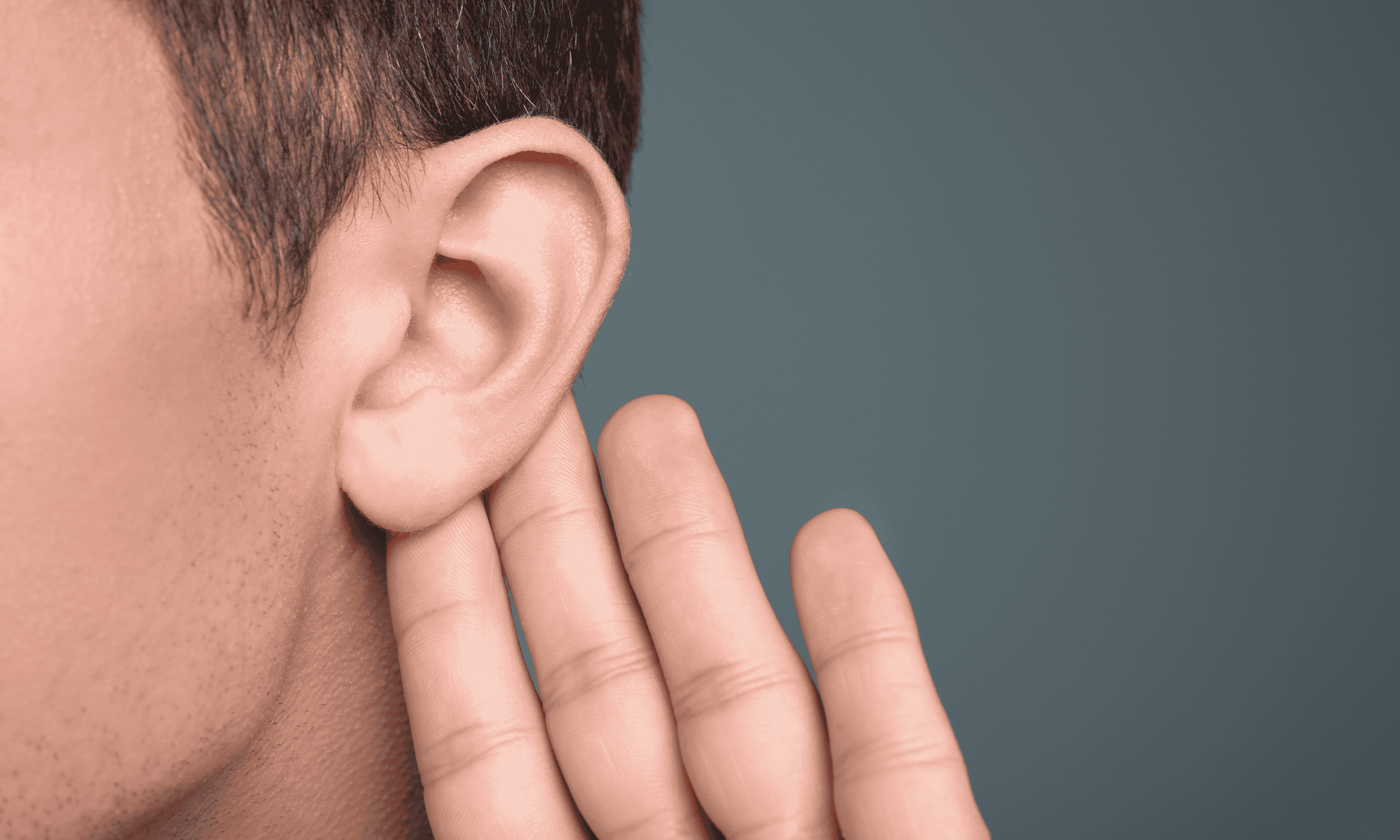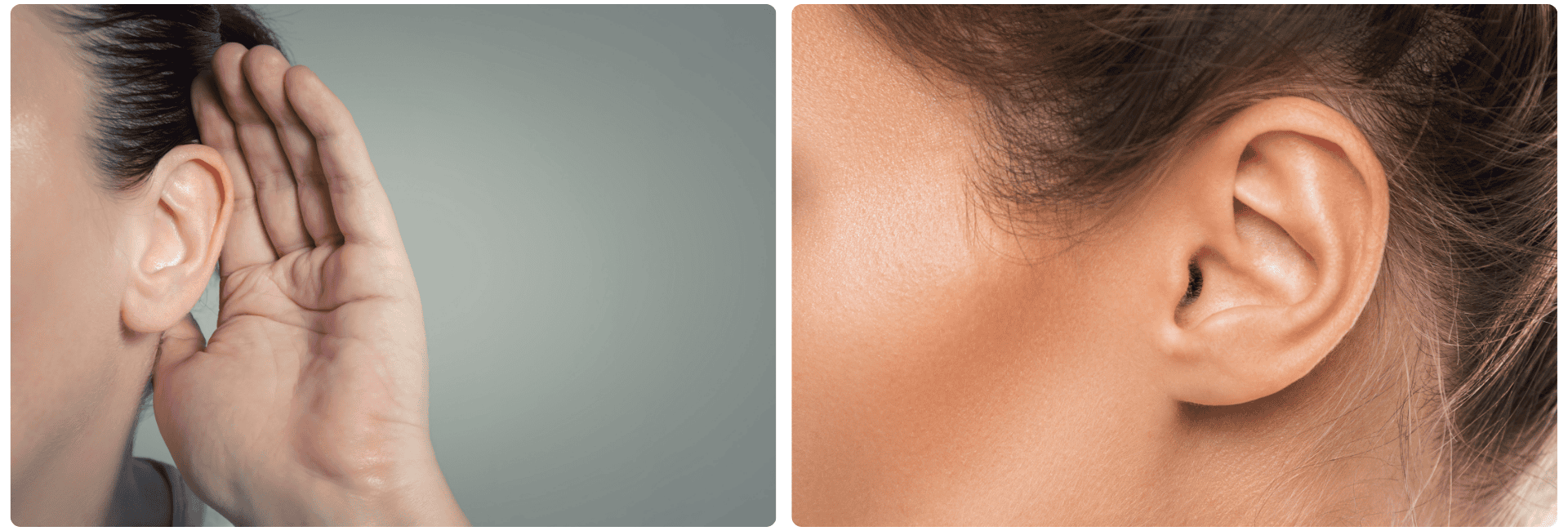
Everything you need to know about ear correction
Protruding ears, often referred to as prominent ears, can be a source of insecurity for some individuals, impacting their self-esteem. Fortunately, there exists an effective solution in the form of ear correction surgery. In this informative article, we aim to provide a comprehensive guide to the process of ear correction, empowering individuals with the knowledge they need if they are contemplating undergoing this transformative procedure. By delving into the intricacies of ear correction surgery, we aspire to offer a clear understanding of the steps involved, potential benefits, and considerations, ensuring that individuals are well-informed as they embark on their journey towards increased confidence and a more harmonious ear appearance.
6 Steps in an ear correction
Step 1: Consultation with the surgeon
The process begins with a consultation with an experienced plastic surgeon. During this meeting, the surgeon will thoroughly examine your ears and assess the specific characteristics of your protruding ears. Together with you, the surgeon will discuss your desires and expectations, explaining what is realistically achievable.
Step 2: Planning the surgery
Following the consultation, a surgery date will be scheduled. Ear correction surgery can often be performed on an outpatient basis, meaning you can go home the same day. The surgery typically lasts about one to two hours, depending on the complexity of the correction.
Step 3: Anesthesia
On the day of the surgery, you will be placed under local or general anesthesia, depending on the surgical approach and your personal preference. The surgeon will discuss this decision with you during the consultation.
Step 4: The surgery
During the operation, the surgeon makes a small incision at the back of the ear or within the natural folds, minimizing the visibility of scars. The surgeon then molds the cartilage and repositions the ears to a more natural position. In some cases, excess skin may also be removed.
Step 5: Recovery
After the surgery, your ears will be wrapped with a pressure dressing to minimize swelling and bleeding. It is normal to experience some pain and discomfort, but the surgeon will prescribe pain medication to alleviate this. After a few days, the pressure dressing will be replaced with a lighter bandage, and stitches are usually removed after about a week.
Step 6: Postoperative care and results
It is crucial to follow the surgeon's postoperative instructions diligently. The recovery process may vary, but most people can resume their normal activities after about a week. The final results will become apparent after a few weeks when swelling and bruising have subsided.
Ear correction surgery can be a life-changing procedure for those who are insecure about the shape of their ears. With an experienced surgeon and proper aftercare, protruding ears can be corrected, boosting patients' self-confidence and enhancing their overall satisfaction with their appearance.

However, it is important to remember that every surgical procedure carries risks, and ear correction surgery is no exception. Having realistic expectations and thorough discussions with a qualified professional before deciding to undergo this procedure is essential.
If you are considering ear correction surgery, take the time to be well-informed and consult with an experienced surgeon to make the best decision for your specific situation.
